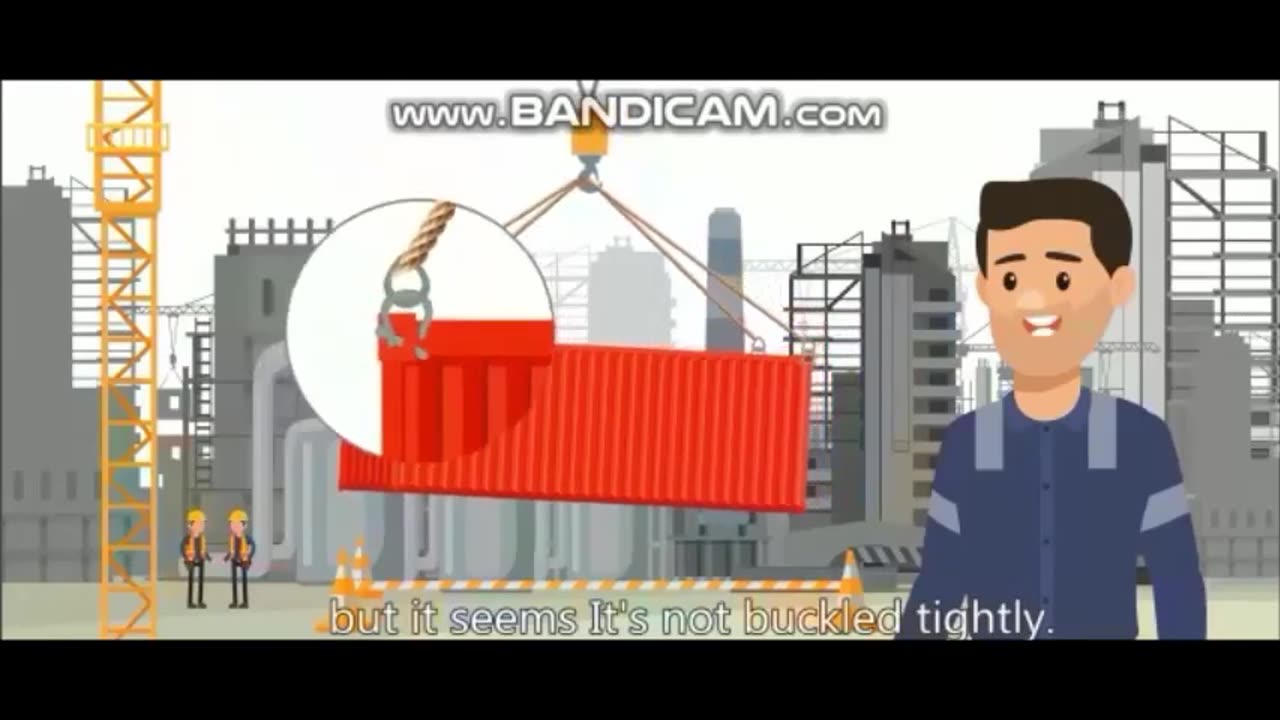Premium Only Content

Unsafe Act Unsafe Condition Near Miss And Incideent
Understanding the terms **Unsafe Act**, **Unsafe Condition**, **Near Miss**, and **Incident** is essential for maintaining workplace safety. They are key components in identifying hazards, mitigating risks, and preventing accidents.
---
### **1. Unsafe Act**
An **unsafe act** is any human action that deviates from safe practices, procedures, or behaviors, potentially leading to accidents or injuries.
#### **Examples**:
- Operating machinery without proper training.
- Not wearing required Personal Protective Equipment (PPE).
- Overloading lifting equipment or failing to secure a load.
- Bypassing safety controls on equipment.
#### **Prevention**:
- Provide adequate training and regular refresher courses.
- Enforce safety policies and accountability.
- Promote a culture where unsafe acts are corrected immediately.
---
### **2. Unsafe Condition**
An **unsafe condition** is a physical state or environmental factor that poses a hazard to workers, equipment, or operations.
#### **Examples**:
- Slippery floors due to oil or water spills.
- Poor lighting in work areas.
- Exposed electrical wiring or damaged insulation.
- Equipment with worn-out or missing safety guards.
#### **Prevention**:
- Conduct regular inspections and maintenance.
- Implement housekeeping standards to keep areas clean and organized.
- Report and rectify unsafe conditions immediately.
---
### **3. Near Miss**
A **near miss** is an unplanned event that could have resulted in injury, illness, or damage but did not, either by chance or timely intervention. It serves as a warning sign of potential hazards.
#### **Examples**:
- A falling object narrowly missing a worker.
- A forklift reversing without hitting anyone.
- Slipping on a spill but regaining balance.
#### **Importance of Reporting Near Misses**:
- Helps identify hidden hazards before an actual incident occurs.
- Encourages proactive measures to improve workplace safety.
- Provides valuable insights for risk assessment and control.
---
### **4. Incident**
An **incident** is any unplanned event that results in injury, illness, property damage, or environmental harm.
#### **Types of Incidents**:
- **Minor Incident**: A small injury or property damage with minimal impact (e.g., a worker cuts their hand while handling a tool).
- **Major Incident**: A severe event causing significant injuries, fatalities, or property loss (e.g., an explosion on an oil rig).
#### **Post-Incident Actions**:
1. **Immediate Response**: Provide first aid, evacuate the area, or contain the hazard.
2. **Incident Investigation**: Identify root causes to prevent recurrence.
3. **Documentation**: Record details for regulatory compliance and learning.
4. **Corrective Measures**: Implement solutions to address underlying causes.
---
### **Key Differences**
| **Term** | **Definition** | **Outcome** |
|-------------------|-------------------------------------------------------------------------------|-------------------------------------------|
| **Unsafe Act** | An individual's action that violates safety practices. | Can lead to near misses or incidents. |
| **Unsafe Condition** | A hazardous physical state or environmental factor. | Increases risk of incidents or accidents. |
| **Near Miss** | An event that could have caused harm but did not. | Serves as a warning to prevent incidents. |
| **Incident** | An event causing injury, illness, or damage. | Results in harm or loss. |
---
### **How to Address and Prevent These Issues**
1. **Promote Safety Awareness**
- Conduct regular training sessions and toolbox talks.
- Encourage workers to report unsafe acts, conditions, and near misses without fear of blame.
2. **Implement Safety Systems**
- Use a Permit to Work (PTW) system for hazardous tasks.
- Install and maintain safety equipment like guards, alarms, and barriers.
3. **Foster a Reporting Culture**
- Make it easy and non-punitive to report near misses, unsafe acts, or conditions.
- Reward proactive safety behavior to encourage participation.
4. **Regular Audits and Inspections**
- Conduct frequent checks to identify and rectify unsafe conditions.
- Review near-miss and incident reports for continuous improvement.
Would you like templates for incident reporting, investigation processes, or guidance on fostering a strong safety culture?
-
 6:43
6:43
HSESafetyInformation
8 months agoLahori Chanay Recipe - Lahori Cholay Recipe - Chana Chana Masala
61 -
 LIVE
LIVE
Rallied
1 hour agoWarzone Solo Challenges then RedSec Domination
83 watching -
 LIVE
LIVE
Red Pill News
4 hours agoBoomerang Time - DOJ Investigating BLM Fraud on Red Pill News Live
3,488 watching -
 1:46:14
1:46:14
Roseanne Barr
4 hours ago“The Over Emotional Are Always Under Informed” | The Roseanne Barr Podcast #121
62.9K25 -
 LIVE
LIVE
Nerdrotic
5 hours ago $5.48 earnedThe WitcHER DOA | Box Office Massacre | Massive Industry Layoffs - Friday Night Tights 378
1,333 watching -
 14:54
14:54
IsaacButterfield
13 hours ago $0.95 earnedShe Called Out “Creepy Men It Didn’t End Well
12.8K33 -
 LIVE
LIVE
LFA TV
21 hours agoLIVE & BREAKING NEWS! | FRIDAY 10/31/25
681 watching -
 1:08:42
1:08:42
vivafrei
4 hours agoEric Swalwell in Trouble Again? RFK Jr. "Reverses Course" on Tylenol & Autism? Arctic Frost & MORE!
76K27 -
 1:19:51
1:19:51
DeVory Darkins
5 hours agoNewsom EXPOSED after latest bombshell and Democrats pulls shocking stunt regarding shutdown
75.8K37 -
 25:29
25:29
Stephen Gardner
4 hours ago💣 Trump White House UNEXPECTED Move + Thune DESTROYS Schumer on Senate Floor!!
32.8K30